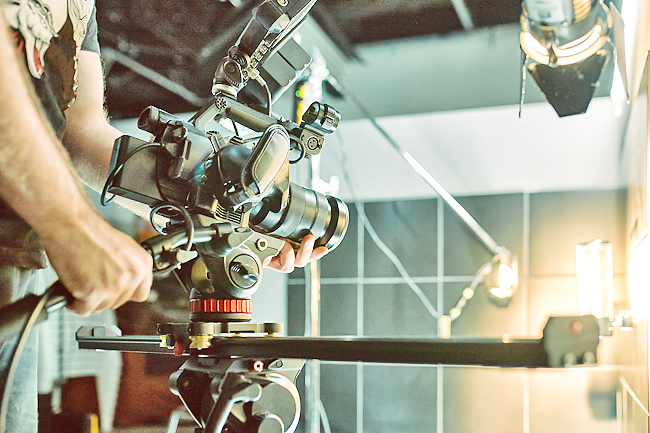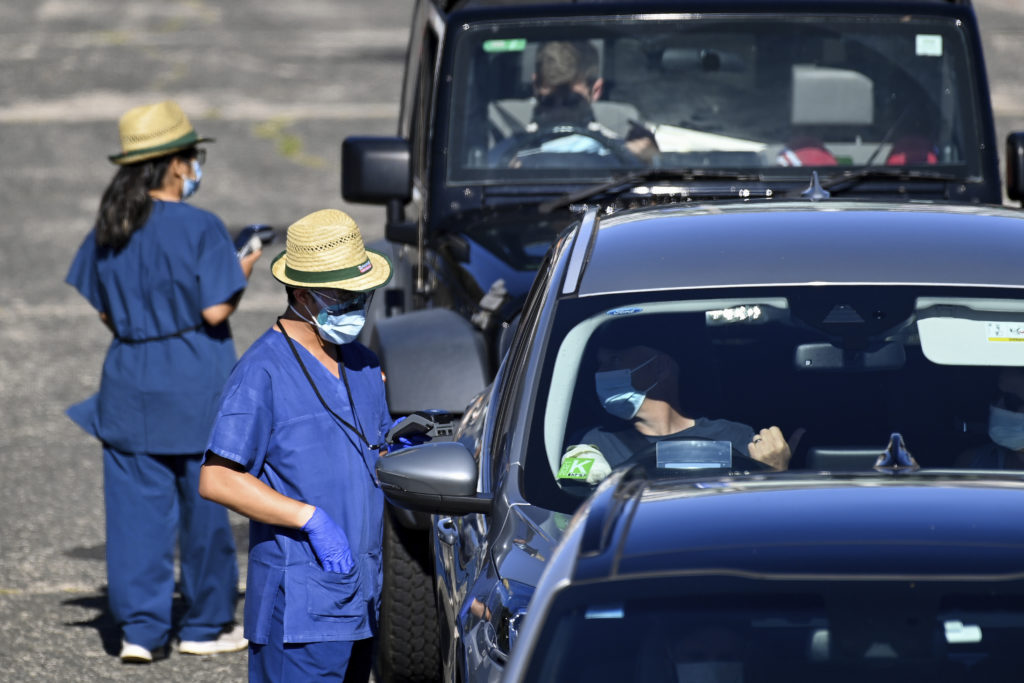PAOUA, CENTRAL AFRICAN REPUBLIC (AFP) – “We are afraid. We cannot know where the mines are hidden.” It is a common refrain in conflict-wracked northwestern Central African Republic (CAR), where fear of being killed or maimed by explosive devices laid by rebels stalks the land.
The mines, which armed groups fighting government forces have concealed along countless thoroughfares, have also brought humanitarian action in the region grinding to a halt.
On the main drag in Paoua, a town some 500 kilometres northwest of the capital Bangui, a dozen taxi drivers wait for passengers outside the local market.
Their faces betray their anxiety as they wait under a blazing sun.
One of their number was recently killed after driving over a mine.
“He was the sixth to suffer that fate since the start of the year,” fretted local driver representative Lagos Yandja.
“Our job has become a dangerous one,” he told AFP.



Three months after a car he was in ran over a mine, Augustin Ndusha can still hear the sound of the explosion in his head.
Ndusha, a humanitarian aid worker for the Danish Refugee Council, was travelling between towns in the Ouham-Pende province bordering Chad and Cameroon.
As his vehicle bounced along a road rendered more damaged than ever at the height of the rainy season, it was impossible to see the mine in time.
“I was sleeping in the vehicle. I heard a loud noise then a woman’s cry,” he recalled with a grimace.
Ndusha survived unscathed.
Mines have killed eight people, including two women and a five-year-old child, in the northwest since August, according to the United Nations (UN) mission in the country Multidimensional Integrated Stabilization Mission in the Central African Republic (MINUSCA).
‘TAKEN EVERYONE BY SURPRISE’
The country has long been plagued by militia violence, but in recent months armed groups forced out of the main cities have resorted to guerrilla tactics, laying mines to slow the advance of pro-government forces.
At the end of last year a coalition of the main armed groups – which had already controlled some two-thirds of the country – launched an offensive designed to force out President Faustin-Archange Touadera as he ran for a second term in power.
After several years of lower-intensity conflict rumbling along as a continuation of a civil war which erupted in 2013, recent months have seen a spike in violence.
The unrest in the country of almost five million people, which the UN ranks as the world’s second least developed, has left hundreds of thousands displaced and engendered a major humanitarian crisis.
President Touadera, who was re-elected in a vote late last year, declared a unilateral ceasefire in October after gains against the rebels.
However, widespread insecurity persists in the northwest of the country, which is suffering a serious food crisis.
In January the rebels arrived virtually at the gates of the capital before being pushed back by government troops with support from Russian paramilitaries.
The government claims to have since recaptured 90 per cent of the nation’s territory, but still faces stiff resistance in the northwest from the 3R rebel group, one of the country’s most powerful, which has resorted to laying mines at strategic intersections.
“They have taken everyone by surprise,” said one expert in the area who asked not to be named.
UN Secretary General Antonio Guterres warned in April of the “new threats” that explosive devices posed in CAR.
MINES BLOCK HUMANITARIAN AID
On a main road on Paoua’s outskirts, a MINUSCA convoy rolls cautiously along.
Inside their armoured vehicle a battalion of Cameroonian UN peacekeepers are silent.
As far as they know there are no mines on the road – but they are on their guard.
“The presence of explosive devices limits the number of patrols and handicaps the mission to protect civilians,” explained Noam Assouline, MINUSCA spokesman in the town.
On the road, a woman walks by with a bundle of grass perched on her head, looking carefully where she places her feet.
“When there was just fighting going on we would use the periods of calm in between to come in – but the mines block access,” said Mahoua Coulibaly, working for the World Food Programme (WFP) in Paoua.
The WFP has organised food airdrops in the region, where 61 per cent of the population are going hungry.
“But that remains exceptional,” Coulibaly said.
UN forces have carried out two de-mining operations to date in the area but have had to stop for now “due to a lack of specialists”, said MINUSCA engineer Major Javaid Khurram.
He added that those operations would resume “soon”.
According to the Office for the Coordination of Humanitarian Affairs (OCHA), 3.1 million people – two-thirds of the population – will require assistance in 2022.










